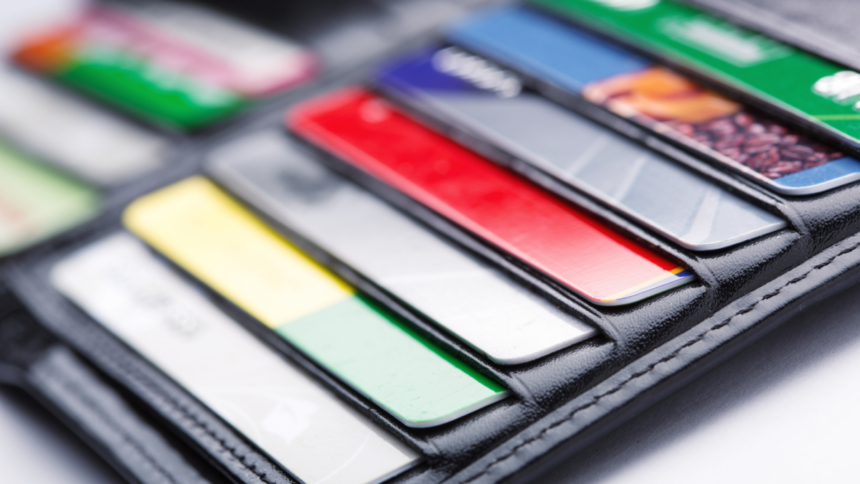Mastering Personal Finances: The Power of Multiple Accounts
Though proficient in various areas, financial management has posed its challenges. Aiming for greater fiscal responsibility as this year unfolds has been a continual journey. One highly effective approach has been the strategic use of multiple bank accounts to streamline budgeting. Here’s a deeper look into why this method is beneficial and how it might serve your personal finances as well.
Understanding the Benefits of Multiple Accounts
Just as distinct Google accounts facilitate different tasks within specialized browsers, utilizing several bank accounts helps segregate funds effectively. The term “bank account” here transcends traditional definitions; it includes various forms of accounts I use. Two are conventional accounts—one from my childhood hometown bank and the other with Chase. The remaining two are digital platforms: my Venmo and Chime accounts. Each of these has its corresponding app, debit card, and critical to my strategy—a clear plan.
For my salary, I have opted for a 70/30 distribution: 70% deposited into my hometown account and 30% into Chime, with both portions automatically setting aside money for savings. Income from spin class instruction is directed to Chase, alongside earnings from freelance projects. My Venmo account acts as a casual funds reservoir—money received from friends or rare transfers I make. Essential expenses like bills, groceries, and student loans are drawn directly from my longstanding hometown account, helping me avoid unnecessary spending. I typically keep this debit card tucked away to avoid impulse purchases. The 30% in my Chime account is reserved for more enjoyable expenditures such as personal care and daily coffee trips, while the funds in Chase cater to practical needs. Every couple of weeks, I review remaining balances in my less critical accounts, and if funds allow, I might transfer some to Venmo for leisurely activities. If the Venmo balance is lacking, it serves as a necessary mental filter, prompting me to reconsider my social plans—or at least establish a budget before I go out. For larger expenses that could strain any one account, I’ll transfer smaller amounts from all four to cover the cost evenly.
The Effectiveness of This Method
You might wonder, “Why create multiple accounts when the total funds remain unchanged?” The answer lies in budgeting challenges. A single account would likely lead to overspending upon seeing a larger total balance. Having four distinct accounts with their individual amounts fosters a more calculated approach to spending. This setup encourages me to be mindful and adds a protective layer against reckless purchases.
Many individuals manage their checking and savings under one institution, which works for some. However, I discovered this isn’t a fit for me. It doesn’t take much to be tempted into transferring funds back to checking with a single tap. Managing funds between different banks, while slightly more complex, introduces a deliberate step that often prompts a moment of reflection, altering impulsive decisions.
The only significant drawback of this approach has been the demand for a wallet with adequate compartments. Fortunately, all but the main debit card link to my Apple Pay, allowing ease of use. The challenge lies in resisting the temptation to use these cards for unintended purposes solely for convenience. For adept budgeters, this strategy may seem unnecessary. However, if this approach resonates, it’s worth considering. Each account set up was straightforward, the debit cards came at no extra cost, and since adopting this system, there has never been a moment of financial panic due to poor budgeting on paydays.












